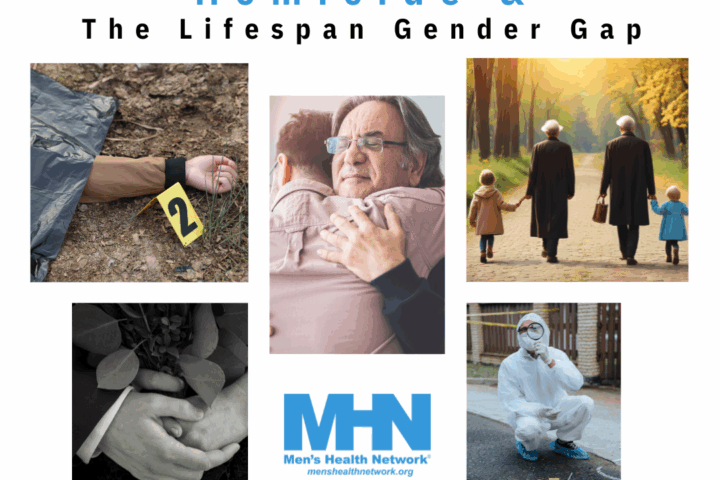If you’re over 50 and you regularly apply sunscreen, congratulations! Unfortunately, you’re in the minority. Fewer than 30 percent of men in that age group say they always protect their skin when going outside in the sun (compared with 43 percent of women), according to a new survey conducted by the American Academy of Dermatology (AAD). And nearly 40 percent of men (and only 28 percent of women) said they’d rather enjoy the sun without worrying about protecting themselves from pesky things like melanoma. Worse still, only 46 percent of men—and 59 percent of women—said they knew how to examine their skin for signs of skin cancers.
Men’s attitudes about taking care of their skin are not significantly different from their attitudes about most other health issues. And, sadly, those attitudes can kill them. “This survey demonstrates that many men do not protect themselves from the sun when outdoors and that some still believe that sun exposure is good for their health. This is a very troubling combination in light of the fact that the major risk factor for melanoma is exposure to ultraviolet light,” said board-certified dermatologist Thomas E. Rohrer, MD, FAAD, clinical associate professor of dermatology at Brown University School of Medicine.
Here are some important facts about skin cancer from the AAD.
· More than 2 million people are diagnosed with skin cancer every year.
· About 132,000 new cases of melanoma will be diagnosed this year.
· Before age 40, melanoma rates are higher in women. But after age 40, men’s rates are twice as high.
· White men and those over 50 are more likely to develop melanoma than the general population.
· The five-year survival rate for people whose melanoma is detected and treated before it spreads to the lymph nodes is 98 percent.
If you’re not sure how to examine your skin or even what to look for, help is available. Visit the AAD’s new site, www.SpotSkinCancer.org for information on what you can do to protect yourself and those you love. You can learn how to perform a skin self-exam on yourself or someone else (examining each other’s skin can be a real life saver), download a body mole map for tracking changes in your skin, and find free skin cancer screenings in their area.



